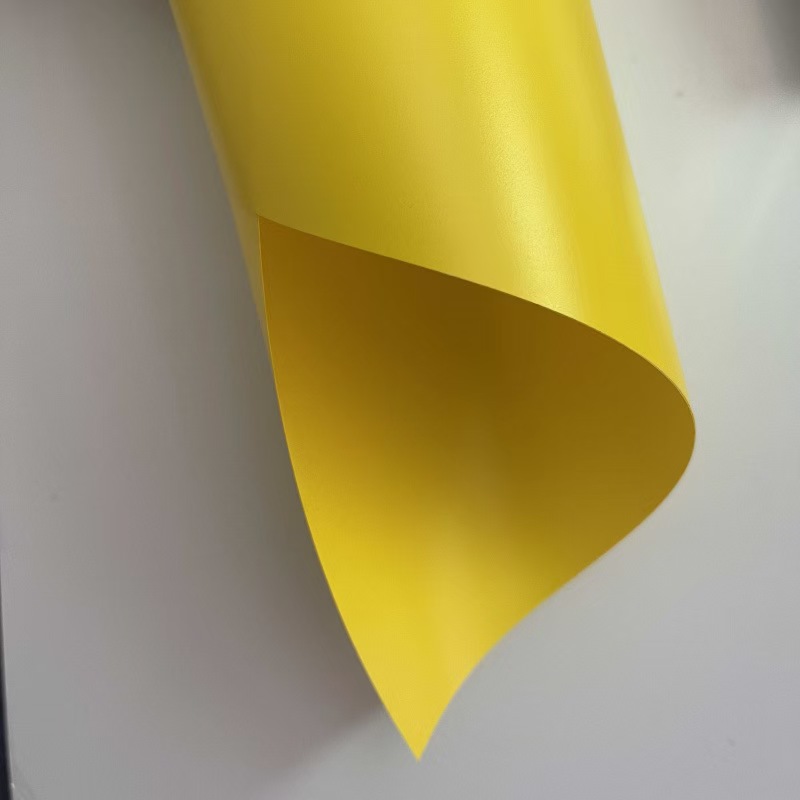Challenges in the Development of Transparent Flame-Retardant PP Films
The production of transparent flame-retardant PP films faces several challenges, particularly in balancing optical clarity with fire resistance. The complexity lies in integrating flame-retardant additives that maintain the transparency of the film while offering reliable protection against fire. This article highlights key challenges and the innovative solutions available in the industry to overcome these obstacles.
1. Balancing Flame Retardancy and Transparency
One of the most significant challenges in producing transparent flame-retardant PP films is achieving the desired flame-retardant performance without compromising transparency. Adding too many flame-retardant additives can cause opacity or discoloration, which affects the film's appearance. To meet fire safety standards, manufacturers must carefully select additives that do not negatively impact the film’s optical clarity.
Solution:
The solution lies in the use of advanced additives such as nano-phosphorus or other flame-retardant compounds that are highly effective but minimally visible in the final film. Additionally, optimized processing techniques, including extrusion and co-extrusion, allow for better dispersion of these additives, preventing any visible changes in transparency.
2. Optimization of Processing Techniques
Another challenge is ensuring uniform dispersion of the flame-retardant additives throughout the PP resin. Inconsistent dispersion can result in variations in flame-retardant performance and film thickness. It is crucial to use processing techniques that ensure even distribution of additives, which will guarantee the desired performance without affecting transparency.
Solution:
Advanced processing techniques like reactive extrusion allow the flame-retardant additives to bond more effectively with the PP resin. Additionally, the use of twin-screw extruders offers better mixing, ensuring a more uniform and consistent film. By optimizing these processes, manufacturers can enhance both the flame-retardant properties and transparency of the films.
3. Environmental Considerations
With increasing environmental concerns, the demand for sustainable and eco-friendly flame-retardant additives is growing. Traditional halogenated flame-retardants have been under scrutiny for their environmental impact, leading to a shift towards more sustainable alternatives.
Solution:
Manufacturers are turning to bio-based and recyclable flame-retardant additives to meet both performance and environmental requirements. These additives not only reduce the environmental impact but also maintain the high performance of the transparent PP flame-retardant films.
4. Meeting Fire Safety Standards
Transparent PP films must meet rigorous fire safety standards, such as UL 94 and other industry regulations. Meeting these standards while ensuring that the films remain clear and aesthetically appealing is a delicate balancing act.
Solution:
Through rigorous testing and optimization, manufacturers can ensure that transparent flame-retardant PP films pass the necessary safety tests while maintaining their transparency. The use of high-quality flame-retardant additives that are specifically designed for optical clarity is essential in achieving this goal.
5. Conclusion
In conclusion, the development of transparent flame-retardant PP films requires overcoming several challenges, including balancing flame retardancy with transparency, optimizing processing techniques, and addressing environmental concerns. Through innovative solutions and advanced manufacturing processes, manufacturers can produce films that offer both high performance and optical clarity, meeting the growing demand for flame-retardant materials in various industries.
READ MORE:
Telephone: 008613530419893
E-mail:marie@selfadhesivefilm.com
ADDRESS (Shenzhen):903-286, Building A2, Guangming Technology Park, China Merchants Group, Guanguang Road, Fenghuang Community, Fenghuang Street, Guangming District, Shenzhen, Guangdong.
ADDRESS (Dongguan): 3rd Building No.45 Yinhu Road Shishuikou Community,Qiaotou Town, Dongguan, Guangdong.





